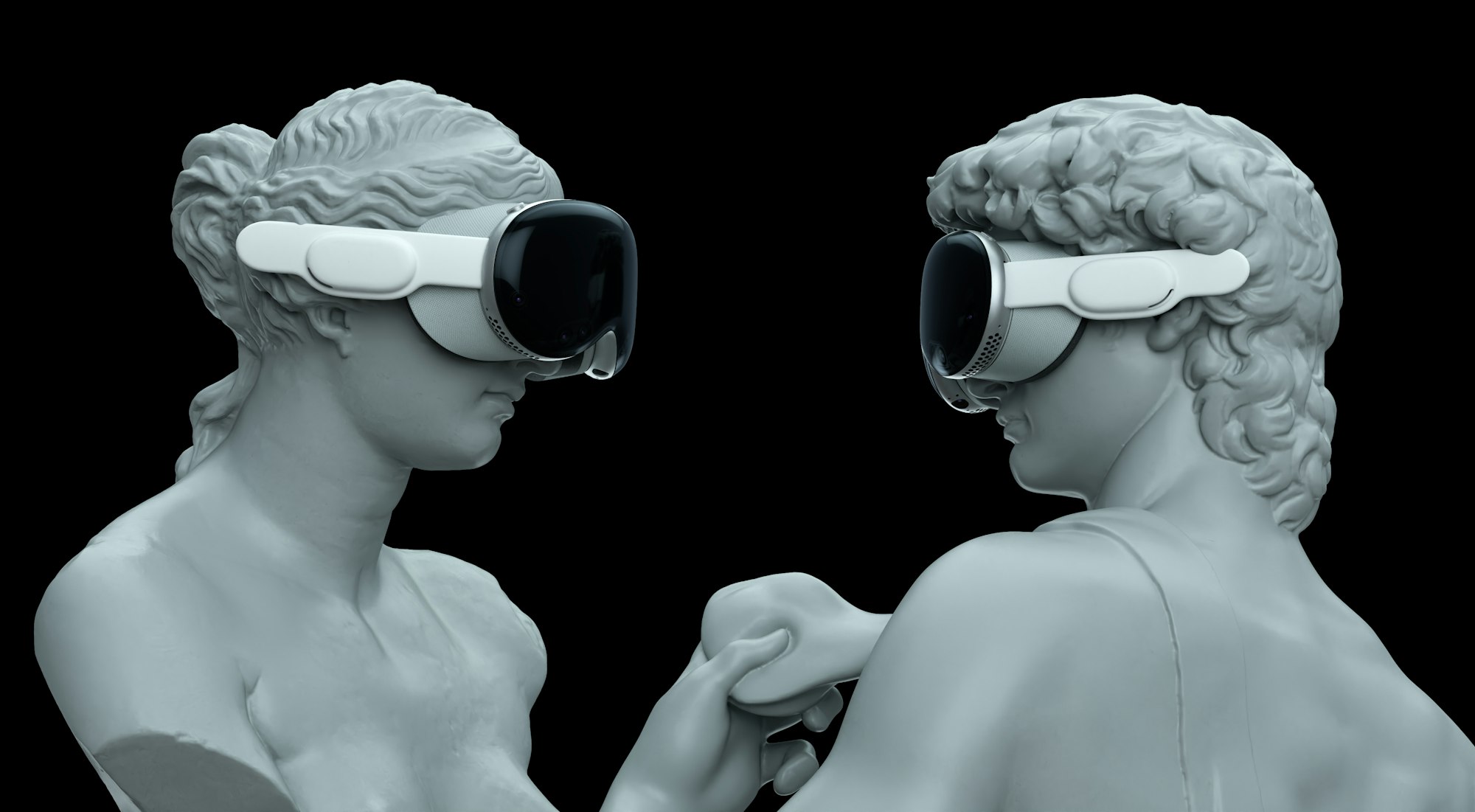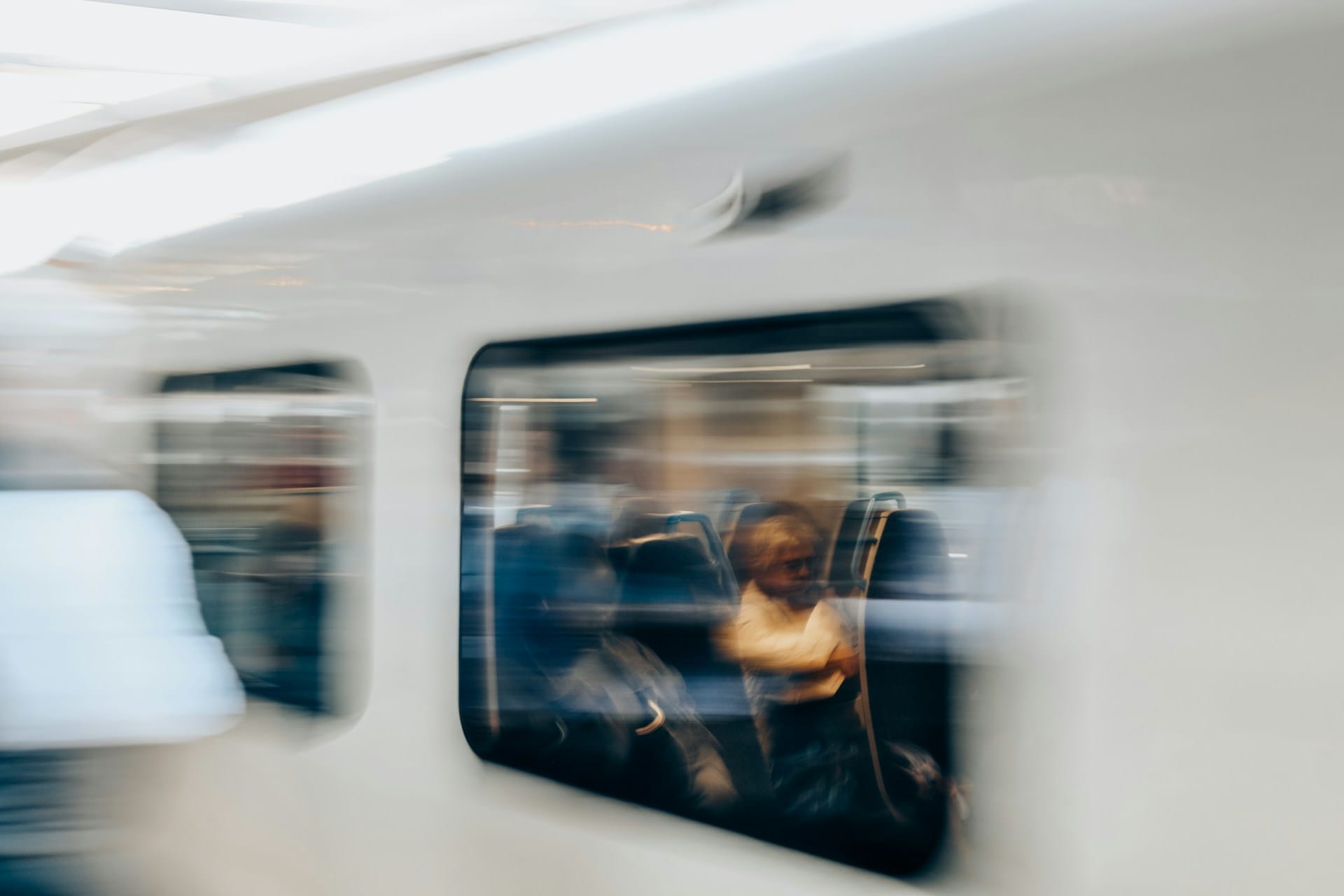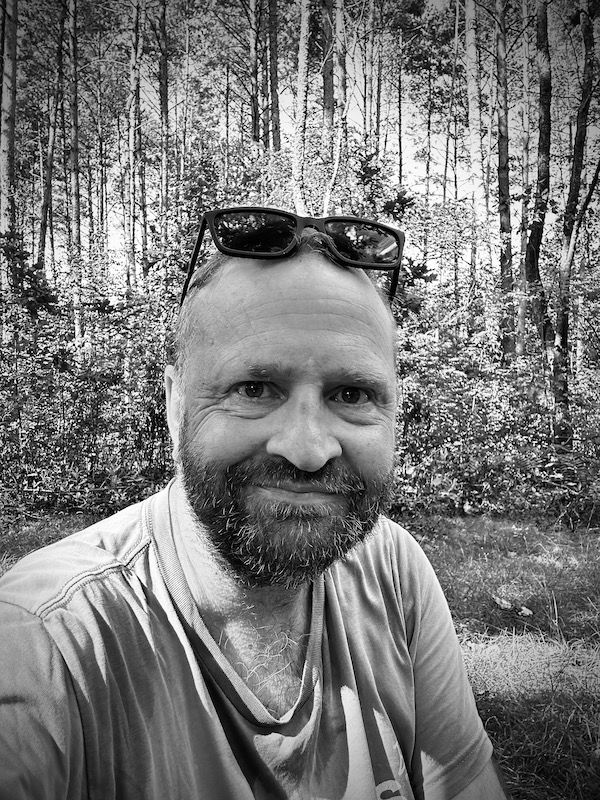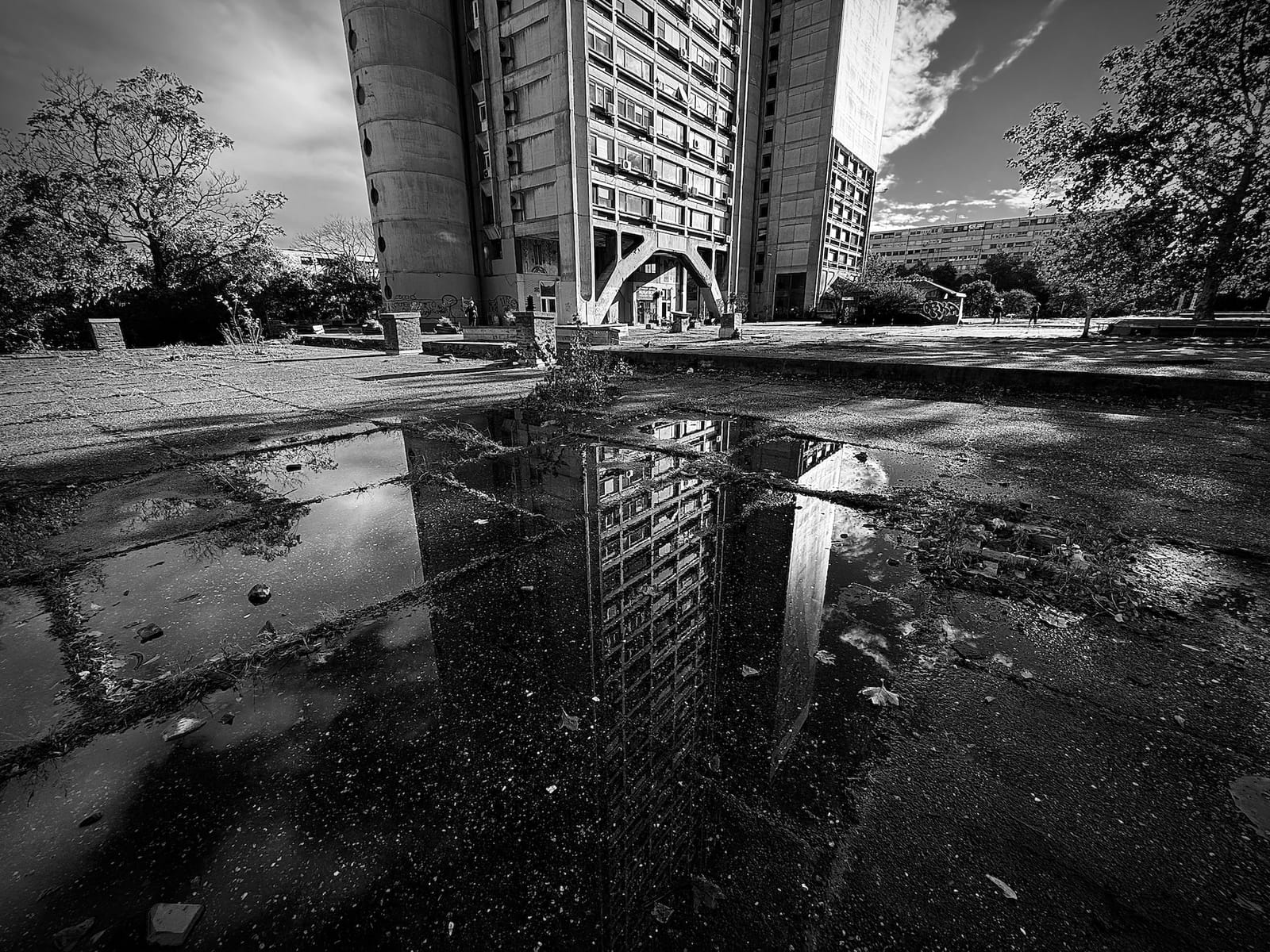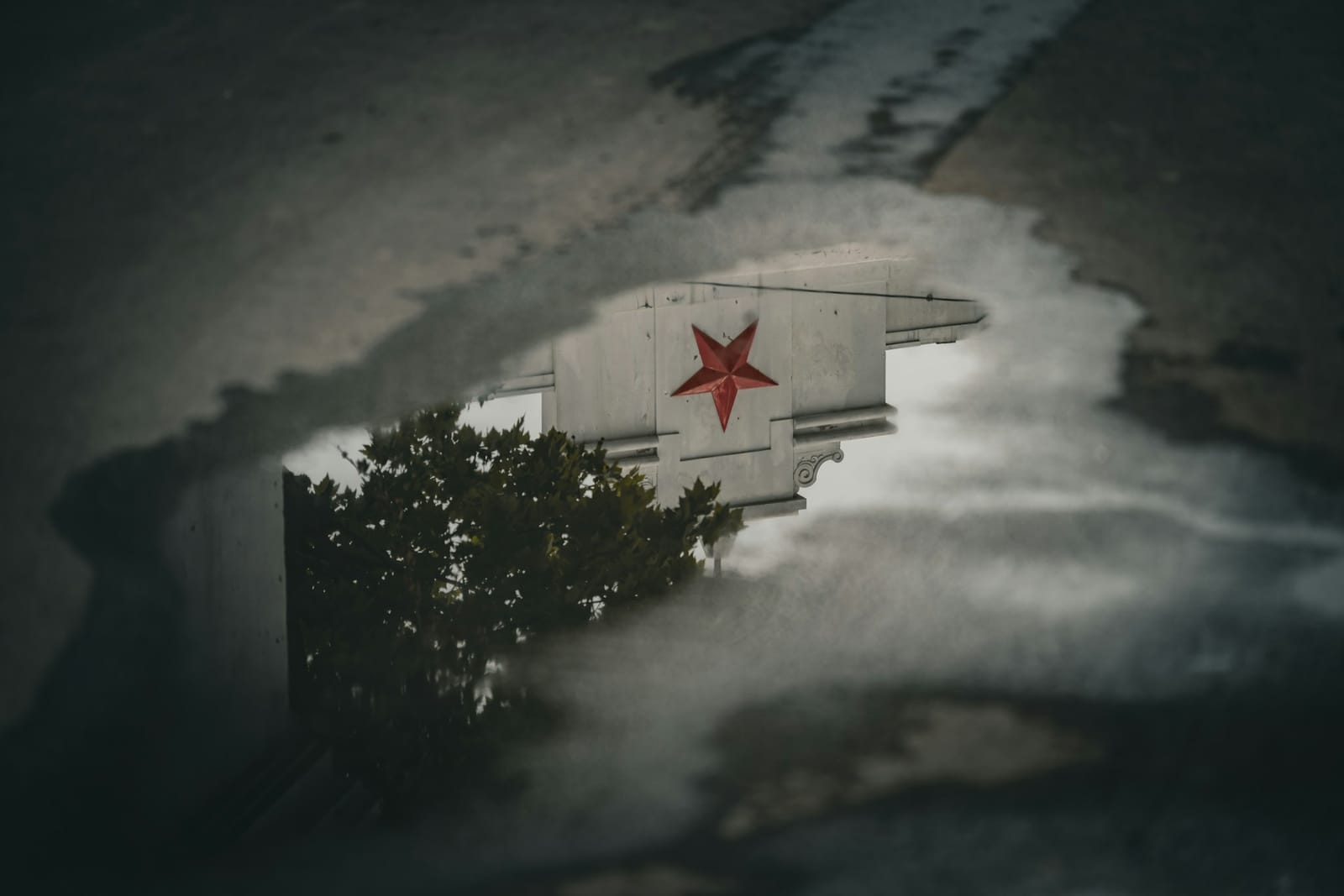The Experiment
Dear Readers, this is the story of a philosophical experiment disguised as a travel blog - or perhaps a travel blog disguised as philosophical inquiry. I'm not sure yet. As I prepared to relocate from the UK to Warsaw, I found myself suspicious of the familiar narratives around cultural displacement: the psychology of "adjustment," the phenomenology of "finding yourself abroad," the tired tropes of expat discovery.
Instead, I wanted to explore something more fundamental: What does it mean to move between places when all places have basically become simulations of themselves?
Armed with the theoretical frameworks of Jean Baudrillard and Pierre Bourdieu, I constructed an unusual travel companion: Claude, an AI trained specifically to respond through the lens of postmodern theory. Together, we would dissect not just my journey to Warsaw, but the very possibility of authentic experience in late capitalism.
The Method
The experiment began as a dialogue between myself and my artificially intelligent philosophical companion. But what started as an intellectual exercise quickly revealed something more unsettling: the impossibility of stepping outside the cultural apparatus we were attempting to analyse.
Each conversation became a demonstration of its own thesis - that we cannot escape the simulation by recognising it as simulation. The AI performing postmodern theory while being pure simulation itself. Myself seeking authentic displacement while accumulating cultural capital through the very act of seeking authenticity.
The result is a unique form of philosophical travel writing that's part confession, part critique, and part performance of the very cultural mechanisms it claims to expose.
Why This Matters
We live in an era of total simulation. Our experiences of place, culture, and identity are increasingly mediated through digital platforms, cultural scripts, and algorithmic recommendations. The "authentic travel experience" has become another consumer product. Cultural differences have been flattened into lifestyle choices.
This personal project asks: What happens when we acknowledge this condition fully? Can consciousness of simulation lead to anything resembling genuine experience? Or does even the recognition of hyperreality become just another layer of the simulation?
These aren't abstract philosophical questions - they're the lived reality of anyone who has ever felt simultaneously connected and alienated in our hyperconnected world.
The Structure
Travels in Hyperreality unfolds across four parts, each representing a different stage of consciousness and methodology:
Part I: Pre-Departure
Establishing the theoretical framework
- Chapter 1: Simulation - The experimental setup and initial displacement anxiety
- Chapter 2: Resonance - Role vs. reality and the impossibility of documentation
- Chapter 3: Apparatus - The journey as ontological transformation
Part II: Integration
Shifting to narrative
- Chapter 4: Sustenance - Arrival and the construction of "home"
- Chapter 5: Labour - Mapping reality and intellectual cartography
- Chapter 6: Intimacy - Social connections within hyperreal spaces
Part III: Temporal Cycles
Let detachment commence
- Chapter 7: Seasons - How time affects the construction of place
- Chapter 8: Immorraility - Devastating the myth of performance
Part IV: Meta-Analysis
The data of the hyperreal
- Chapter 09: Void - The dissolution of irraility and non-existent turtles
- Chapter 10: Apparatus Reprise - What was learned vs. what was performed (coming soon)
A Note on Reading
Each chapter can stand alone, but they build upon each other both thematically and methodologically. The early chapters are dialogue-heavy as the theoretical framework is established. Later chapters become increasingly internalised and reflective as the method becomes absorbed into consciousness.
You can follow the series chronologically, or jump between chapters based on your interests.
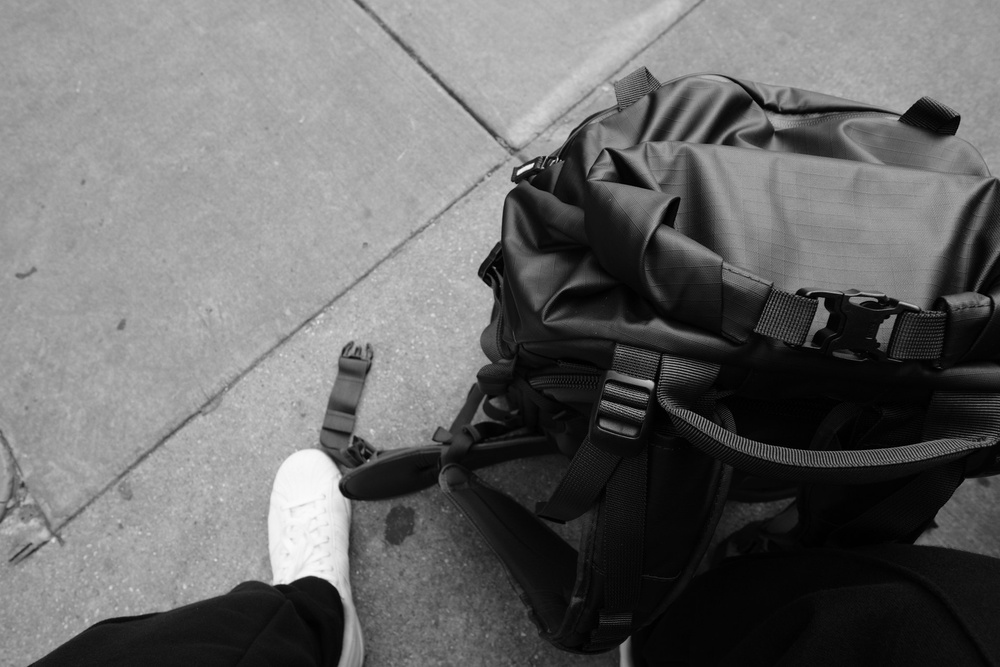
The Confession
I should probably be honest: this entire project is trapped within the very cultural mechanisms it critiques. The blog format, the intellectual sophistication, the performance of self-awareness - all of these serve to accumulate the cultural capital that postmodern theory teaches us to suspect.
But perhaps that's the point. We cannot step outside the simulation to observe it neutrally. We can only become more conscious of our position within it, more aware of how we are being constructed even as we attempt to construct ourselves.
This is philosophy as lived experiment, theory as travel companion, criticism as confession.
Welcome to the desert of the real. The journey begins now.
Start reading: Chapter 1: Simulation - where the theoretical apparatus is constructed and the impossible dialogue begins.
